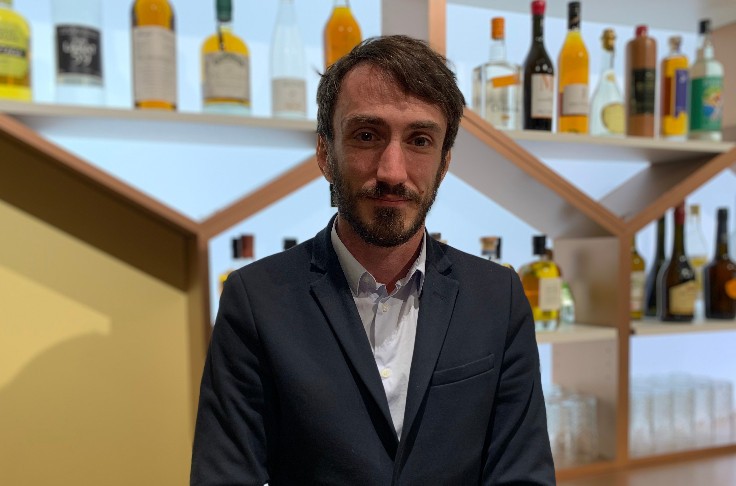100% of Martell and Mumm vines to use regenerative viticulture methods by 2030

here’s certainly no silver bullet. “When you farm sustainably, you know that there’s no one-size-fits-all approach but a whole host of resources to tap into”, claims Alexandre Imbert, legal and public affairs manager for Martell Mumm Perrier-JouĂ«t (MMPJ, belonging to the Pernod-Ricard group) on the sidelines of a conference on sustainable winegrowing on 25 February at the international agricultural show in Paris. “To keep up to speed with sustainability, in the future we will be able to provide a variety of solutions we have trialled at our estates. Winegrowers will be free to choose whether they take on board all the solutions or just some of them”, added Imbert.
Since 2021, MMPJ has launched regenerative farming techniques and currently rolls them out over 50% of the 700 hectares of vineyards it farms in Champagne and Cognac; Château Sainte-Marguerite in Provence has yet to join the scheme. The aim is to reach 100% by 2030 with 10% of its grape suppliers implementing the initial technical choices, specified Imbert. In practical terms, this implies canopy management and tillage – MMPJ has outlawed the use of weedkillers since 2019 – along with agroforestry trials that began at the start of the year with 7 ha in Champagne and 8 ha in Cognac.
“Our vineyards are not earmarked for grape supplies – they account for 3% of volumes in Cognac and 10% in Champagne – but for research and innovation”, explained Imbert, stressing a desire to “test everything” on blocks dedicated to the holistic approach of regenerative farming. “The core aspect is the soil, based on the rationale of living soils. We start from the soil in order to help restore it”, said the group’s legal and public affairs manager, who pointed out preliminary results – the amount of earthworms has increased from 400kg/hectare in 2015 to virtually one tonne in 2022. The goal is to reach 1.5 tonnes by 2025.





